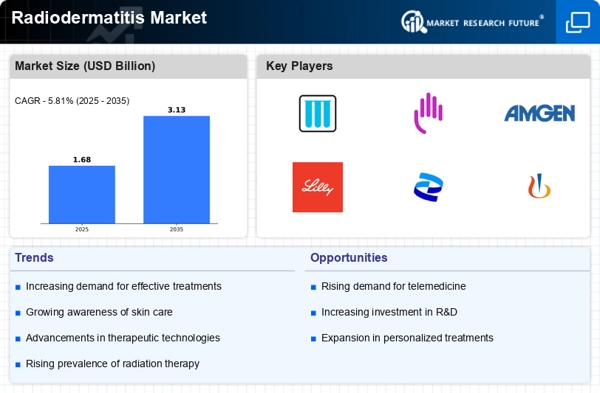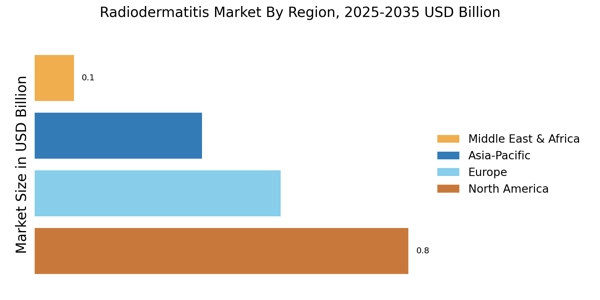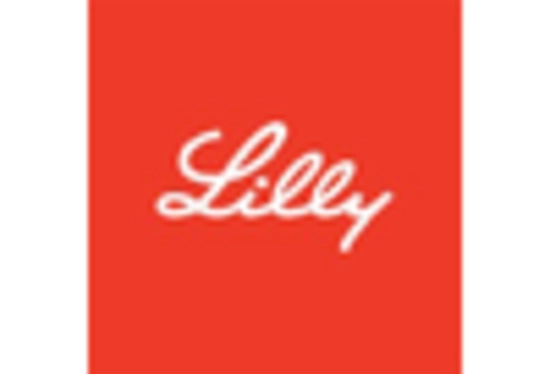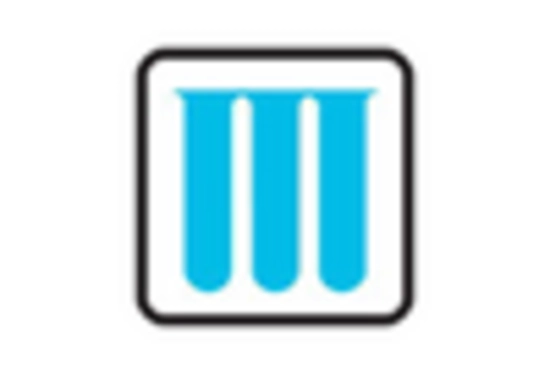Growing Geriatric Population
The growing geriatric population is likely to be a significant driver of the Radiodermatitis Market. Older adults are more susceptible to skin conditions, including radiodermatitis, due to age-related changes in skin integrity and healing capacity. As the population ages, the demand for effective management solutions for radiodermatitis is expected to increase. According to demographic studies, the proportion of individuals aged 65 and older is projected to rise, which may lead to a corresponding increase in cancer diagnoses and subsequent radiation treatments. This demographic shift suggests that the Radiodermatitis Market will need to adapt to meet the needs of an aging population, potentially leading to the development of specialized products tailored for older patients.
Increased Awareness and Education
There appears to be a notable increase in awareness and education regarding radiodermatitis among healthcare professionals and patients alike. This heightened awareness is likely to drive demand for effective treatment options within the Radiodermatitis Market. Educational initiatives and training programs are being implemented to inform clinicians about the prevention and management of skin reactions associated with radiation therapy. As patients become more informed about their treatment options, they may actively seek out products that address radiodermatitis, further propelling market growth. The emphasis on patient-centered care and the importance of managing side effects effectively could lead to a more robust market for radiodermatitis solutions.
Rising Incidence of Cancer Treatments
The increasing prevalence of cancer treatments, particularly radiation therapy, appears to be a primary driver of the Radiodermatitis Market. As more patients undergo radiation therapy, the incidence of radiodermatitis is likely to rise, necessitating effective management solutions. Reports indicate that approximately 80% of patients receiving radiation therapy experience some form of skin reaction, which underscores the demand for specialized products and treatments. This trend suggests a growing market for topical agents, dressings, and other therapeutic options aimed at alleviating symptoms associated with radiodermatitis. Consequently, the Radiodermatitis Market is expected to expand as healthcare providers seek to improve patient outcomes and enhance quality of life during cancer treatment.
Regulatory Support for Innovative Treatments
Regulatory support for innovative treatments is emerging as a crucial factor influencing the Radiodermatitis Market. Regulatory agencies are increasingly recognizing the need for effective management solutions for skin reactions associated with radiation therapy. This support may facilitate the approval and commercialization of new products designed to treat radiodermatitis. Additionally, initiatives aimed at expediting the review process for novel therapies could encourage investment in research and development within the market. As regulatory frameworks evolve to support innovation, the Radiodermatitis Market is likely to benefit from a wider array of treatment options, ultimately enhancing patient care and outcomes.
Technological Advancements in Treatment Modalities
Technological advancements in treatment modalities are poised to significantly influence the Radiodermatitis Market. Innovations such as advanced radiation delivery systems and improved skin care products are emerging, which may enhance the efficacy of radiodermatitis management. For instance, the development of targeted therapies and personalized medicine approaches could lead to better patient outcomes and reduced incidence of skin reactions. Furthermore, the integration of telemedicine and digital health solutions may facilitate remote monitoring and management of radiodermatitis, thereby expanding access to care. As these technologies continue to evolve, they are likely to create new opportunities within the Radiodermatitis Market.


















Leave a Comment